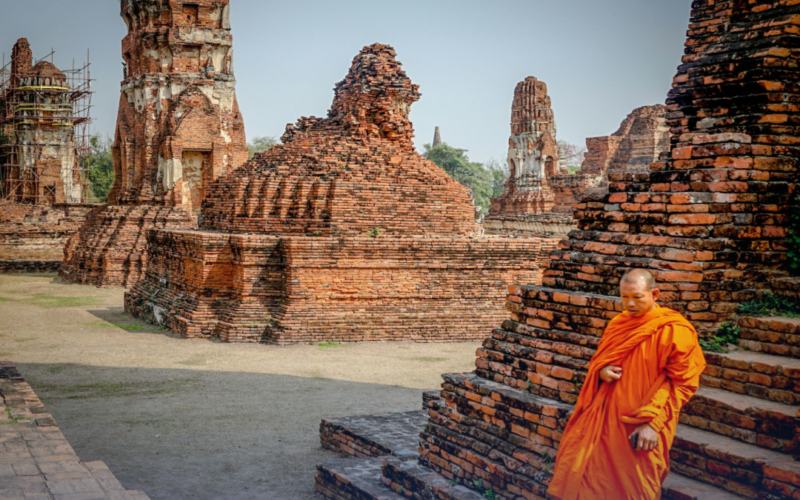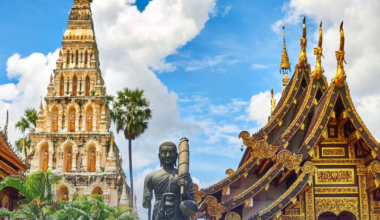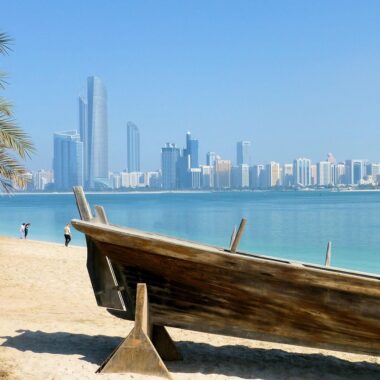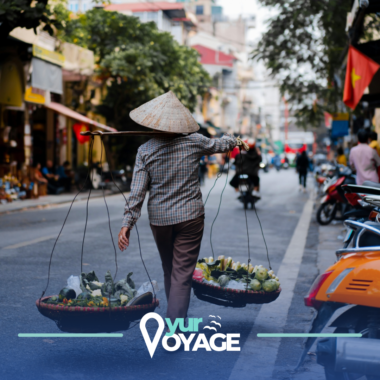Topics
Welcome to Ayutthaya, a city in Thailand that beautifully encapsulates the country’s rich cultural and historical tapestry. Steeped in spirituality and adorned with majestic temples, Ayutthaya offers a serene escape for those seeking a deeper connection with the traditions and heritage of Thailand. In this travel blog post, we will embark on a journey through the heart of Ayutthaya, exploring its ancient temples, delving into the significance of traditional practices, and discovering the spiritual harmony that permeates this UNESCO World Heritage Site.
The Historical Tapestry of Ayutthaya
Ayutthaya’s Rise and Fall
Ayutthaya, founded in 1350 by King U Thong, served as the second capital of the Siamese Kingdom, succeeding Sukhothai. The city flourished due to its strategic location along the Chao Phraya River, becoming a bustling center for trade, diplomacy, and culture. Ayutthaya’s golden age witnessed the construction of magnificent temples and palaces, showcasing the kingdom’s prosperity and artistic achievements.
However, the city faced a tragic fate in 1767 when it fell victim to Burmese invasion. The once-thriving Ayutthaya was reduced to ruins, leaving behind a poignant testament to its historical significance. Despite its fall, Ayutthaya’s legacy lives on as a UNESCO World Heritage Site, inviting visitors to explore the remnants of its glorious past.
UNESCO World Heritage Site
Ayutthaya’s designation as a UNESCO World Heritage Site is a testament to its cultural and historical importance. The Ayutthaya Historical Park encompasses the remains of temples, royal structures, and sculptures that reflect the grandeur of a bygone era. The park serves as a living museum, allowing history enthusiasts to walk among the ancient ruins and gain a profound glimpse into the cultural and architectural legacy of Ayutthaya.
Temples of Tranquility

Wat Phra Si Sanphet
Overview:
Wat Phra Si Sanphet, founded in the 14th century, served as the royal temple during the Ayutthayan Kingdom. The temple’s three towering chedis, or stupas, are iconic symbols of Ayutthaya’s spiritual and cultural heritage. These chedis, representing the holy trinity in Buddhism, once housed ashes of Ayutthayan kings. While the temple no longer houses the Emerald Buddha, which now resides in Bangkok’s Wat Phra Kaew, its historical significance remains unparalleled.
Significance:
Exploring Wat Phra Si Sanphet provides a captivating journey into Ayutthaya’s royal ceremonies and religious practices. The intricate architecture and sacred ambiance invite visitors to reflect on the city’s golden era and the spiritual foundations that shaped its identity.
Visitor Tips:
When visiting Wat Phra Si Sanphet, it is essential to dress modestly, covering shoulders and knees as a sign of respect. For an enchanting experience, consider visiting during sunrise or sunset, when the sunlight bathes the ancient structures in a warm and ethereal glow.

Wat Mahathat
Overview:
Another gem in Ayutthaya’s crown is Wat Mahathat, established in the 14th century. This temple is renowned for its unique feature – a Buddha head entwined in the roots of a banyan tree. This iconic image has become a symbol of Ayutthaya, capturing the imagination of visitors from around the world.
Significance:
Wat Mahathat showcases a fusion of Thai and Khmer architectural styles, reflecting the cultural diversity that flourished in Ayutthaya. The Buddha head, seemingly frozen in time within the embrace of nature, adds a layer of mystery to the temple’s spiritual significance.
Visitor Tips:
While exploring Wat Mahathat, it’s crucial to respect the cultural norms by refraining from touching the Buddha head, as it is considered disrespectful. To delve deeper into the historical and cultural layers of the temple, consider taking a guided tour, where knowledgeable guides share insights into its rich heritage.
Traditional Practices and Cultural Immersion

Ayutthaya Floating Market
Overview:
For a vibrant and immersive cultural experience, a visit to the Ayutthaya Floating Market is a must. This lively market, set along the river, mirrors the age-old trading traditions that once thrived in Ayutthaya. Traditional wooden boats, laden with local crafts, souvenirs, and delectable street food, create a sensory feast for visitors.
Significance:
The Ayutthaya Floating Market provides a glimpse into the daily lives of locals and the rich tapestry of Thai culture. Engaging with vendors and sampling local delicacies like boat noodles, mango sticky rice, and coconut ice cream offers a genuine taste of Ayutthaya’s culinary heritage.
Visitor Tips:
To enhance the authenticity of your experience at the Ayutthaya Floating Market, try bargaining with vendors. This not only adds a fun element to your visit but also allows you to engage with locals and gain insights into the cultural significance of the market.

Monk Alms-Giving Ceremony
Overview:
Participating in the Monk Alms-Giving Ceremony is a serene and spiritually enriching experience in Ayutthaya. This traditional ritual involves monks walking in procession to collect alms from devout locals and, increasingly, from respectful tourists.
Significance:
The Monk Alms-Giving Ceremony provides a unique opportunity to understand Buddhist practices and the cultural importance of almsgiving in Thai society. As monks chant and receive offerings, visitors can immerse themselves in the meditative ambiance and witness the harmony between spirituality and daily life.
Visitor Tips:
When attending the Monk Alms-Giving Ceremony, it is essential to dress modestly and observe the ritual silently. Arriving early allows visitors to fully embrace the serene atmosphere and gain a deeper understanding of this sacred tradition.
FAQs About Ayutthaya
Q: What is the best time to visit Ayutthaya?
A: The ideal time to visit Ayutthaya is during the cool season from November to February when the weather is pleasant for exploration. This period offers comfortable temperatures, making it conducive for exploring the historical sites and enjoying outdoor activities.
Q: Are there any specific dress codes for temple visits?
A: Yes, visitors should adhere to modest dress codes when entering temples in Ayutthaya. This typically involves covering shoulders and knees as a sign of respect for the sacred surroundings. Wearing light and breathable clothing is advisable, especially during warm seasons.
Q: How do I get to Ayutthaya from Bangkok?
A: Ayutthaya is easily accessible from Bangkok by various modes of transportation. The most popular options include train, bus, and private car. The train journey is particularly scenic, offering picturesque views of the Thai countryside along the way.
Q: Is there an entrance fee for the Ayutthaya Historical Park?
A: Yes, there is an entrance fee to access the Ayutthaya Historical Park. The fee contributes to the preservation and maintenance of the historical site, ensuring that future generations can continue to appreciate and learn from Ayutthaya’s rich cultural heritage.
Embark on a journey of spiritual discovery and historical fascination in Ayutthaya, where every temple and tradition
weaves a tapestry of serenity and cultural richness. Whether exploring ancient ruins or participating in traditional ceremonies, Ayutthaya invites visitors to connect with the soul of Thailand.






